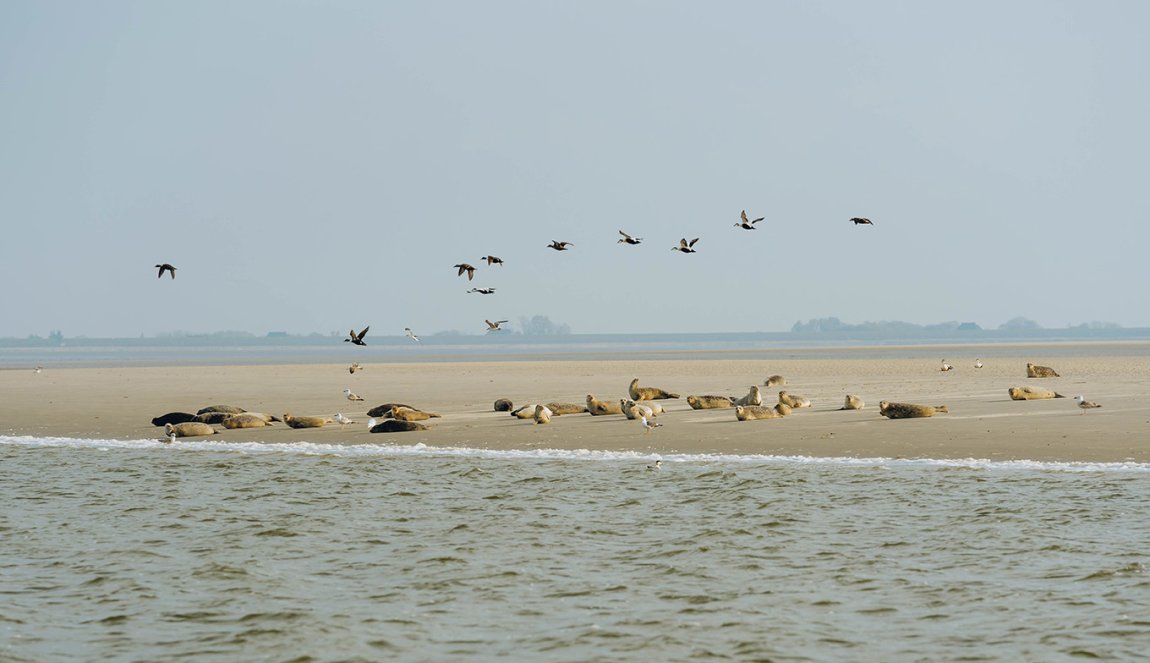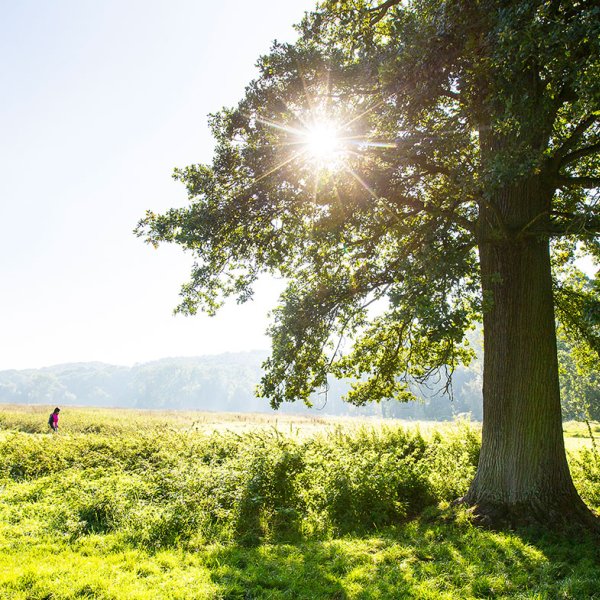
Schiermonnikoog National Park
Historical charm of Schiermonnikoog

Schiermonnikoog is rightly known for its unspoiled nature, but it also has a quiet, historical charm. The centre of the island’s only town is a protected townscape and car-free. The traditional character of the town has been well-preserved and you can soak up the island’s vibe while enjoying a drink or meal at one of the various cafés or restaurants. The old sea dike, located between the Bank van Banck landmark and the Westerduinweg, served as the main flood defence until 1962 and is now a walking path with a fantastic view of the polder and the Westerplas lake.
From duck decoy to lighthouse
Pay a visit to De Kooiplaats farm to see the traditional duck decoys. Originally used to catch ducks without using a gun, the site is now a cultural-historical monument. Schiermonnikoog also has two lighthouses, the red one in the north (Noordertoren) and the white one in the south (Zuidertoren). The light of the Zuidertoren was extinguished in 1909 as a change in the course of the water in the Frisian estuary meant this lighthouse was no longer needed. Today the tower is used for telecommunication equipment. The Noordertoren is still in use.
Paradise for animals

The nature of Schiermonnikoog is incredibly rich and varied. Westerplas lake is a paradise for birds, where species such as the bluethroat, osprey and spoonbill can be spotted throughout the year. The island is particularly suitable for birds as there are no land predators and it’s rich in food sources thanks to the abundance of worms, shells, shrimps and crabs on the mudflats.
Seals are also commonly seen, with both common and grey seals living in the Wadden Sea. The grey seal is a lot bigger than the common seal. Sometimes you can see young seals lying on the beach, while their mother is out hunting for food. That is why you should leave a young seal – like all wild animals you encounter – in peace.
Rich in flora

With more than 500 plant species, the rich flora is another reason why Schiermonnikoog is a National Park. Because of the seawater, plants that are very resistant to saltwater grow there, which means the salt marsh has lots of sea lavender and glasswort, for example. Colourful flowers abound in the dunes, including gorgeous yellow evening primrose and great mullein, white grass-of-Parnassus, blue viper's bugloss and beautiful pink orchids.
